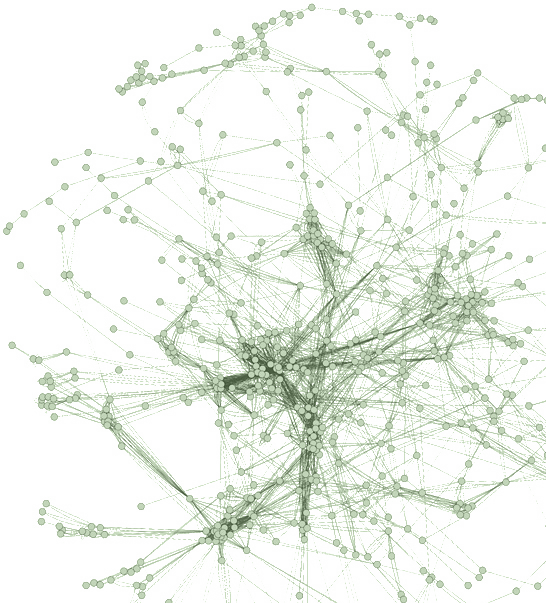

Graphlet-based network comparison distances
Supplementary Information for: "Graphlet-based Characterization of Directed Networks"
A. Sarajlic, N. Malod-Dognin, O.N. Yaveroglu and N. Przulj
Corresponding author: Prof. Natasa Przulj, e-mail: natasa [AT] cs.ucl.ac.uk
We provide here the software and python script that we used to compute the various directed network distances presented in our paper.
This includes the Directed Graphlet Correlation Distance (DGCD), the Directed Relative Graphlet Frequency Distribution Distance (DRGF) and the Directed Graphlet Degree Distribution Agreement (DGDDA).

|
Usage
You can check Directed_Distances_v2.py script to see all available network distance. |
